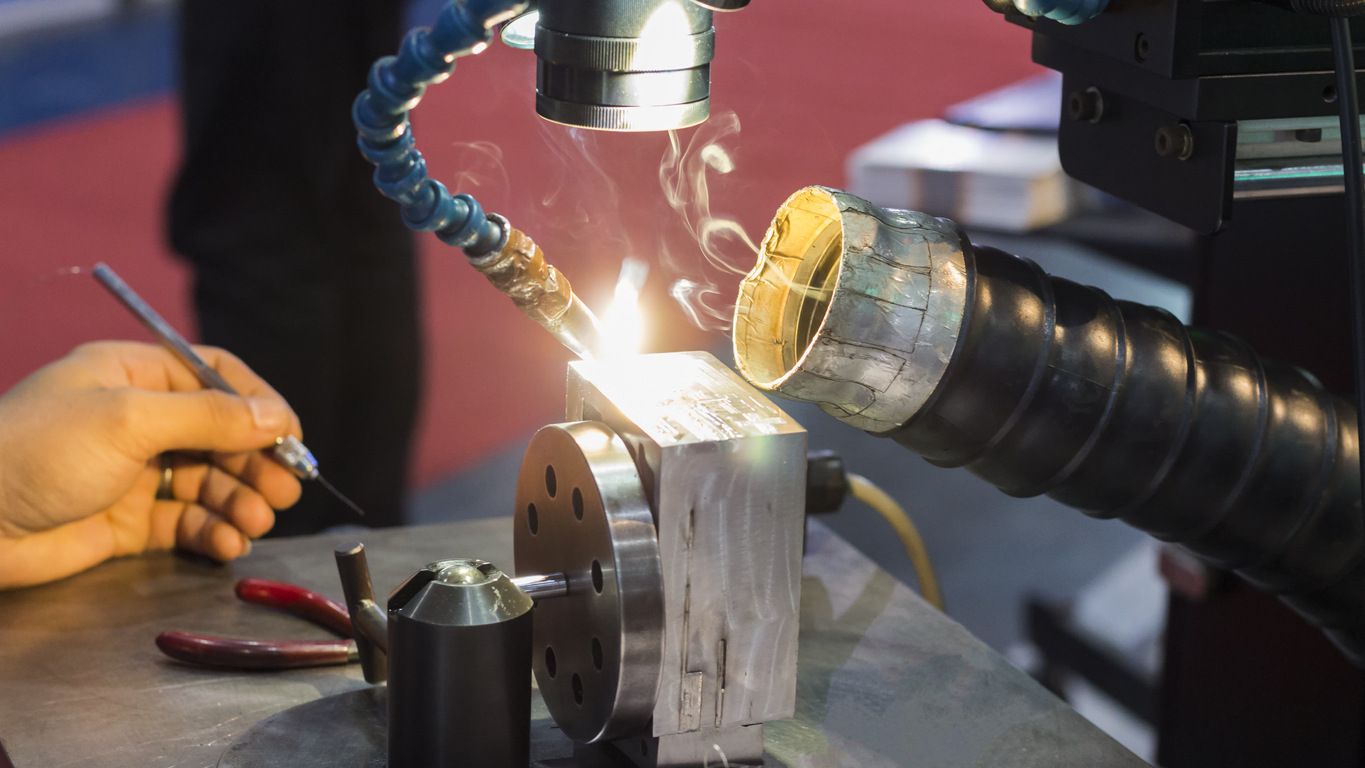
Laser welding is a fascinating technology that has revolutionized the way we join materials. But what exactly makes it so special? Laser welding uses a concentrated beam of light to melt and fuse materials together, creating strong, precise welds. This technique is used in various industries, from automotive to aerospace, due to its high precision and speed. Unlike traditional welding methods, laser welding can join dissimilar materials and reach hard-to-access areas. It's also known for producing minimal distortion and a clean finish. Curious about how this technology works and its applications? Let's dive into 27 intriguing facts about laser welding that will shed light on its capabilities and benefits.
What is Laser Welding?
Laser welding is a technique that uses a laser beam to join pieces of metal or thermoplastics. This method is known for its precision and efficiency. Here are some fascinating facts about laser welding.
-
Laser welding uses a concentrated beam of light to melt and fuse materials together.
-
The process can be used on a variety of materials, including steel, aluminum, and plastics.
-
Laser welding is often used in industries like automotive, aerospace, and medical devices.
How Does Laser Welding Work?
Understanding the mechanics behind laser welding can be quite intriguing. The process involves several steps and components.
-
A laser beam is generated by a laser source, such as a CO2 or fiber laser.
-
The beam is then focused through a lens to a small spot on the material.
-
The intense heat from the laser melts the material, creating a weld pool.
-
As the laser moves along the seam, the molten material solidifies, forming a strong bond.
Advantages of Laser Welding
Laser welding offers numerous benefits over traditional welding methods. These advantages make it a popular choice in various industries.
-
Laser welding provides high precision, allowing for intricate and detailed work.
-
The process is faster than traditional welding methods, increasing productivity.
-
Laser welding produces minimal distortion and shrinkage, maintaining the integrity of the materials.
-
The technique can be automated, reducing the need for manual labor.
-
Laser welding creates strong, high-quality welds with excellent mechanical properties.
Applications of Laser Welding
Laser welding is used in a wide range of applications, from manufacturing to medical devices. Here are some examples of where laser welding is commonly employed.
-
In the automotive industry, laser welding is used to join car body panels and components.
-
The aerospace industry uses laser welding for assembling aircraft parts and structures.
-
Medical device manufacturers use laser welding to create precise and reliable surgical instruments.
-
Electronics companies employ laser welding to assemble delicate components and circuit boards.
Types of Laser Welding
There are different types of laser welding, each with its own unique characteristics and applications. Understanding these types can help in choosing the right method for a specific task.
-
Keyhole welding creates a deep, narrow weld by vaporizing the material and forming a keyhole.
-
Conduction welding produces a shallow, wide weld by melting the material without vaporizing it.
-
Hybrid laser welding combines laser welding with another welding method, such as MIG or TIG, for enhanced performance.
Challenges in Laser Welding
Despite its many advantages, laser welding also presents some challenges. Addressing these challenges is crucial for achieving optimal results.
-
The initial cost of laser welding equipment can be high, making it a significant investment.
-
Laser welding requires precise control and alignment, which can be difficult to achieve.
-
The process can produce harmful fumes and requires proper ventilation and safety measures.
-
Some materials, such as highly reflective metals, can be challenging to weld with a laser.
Innovations in Laser Welding
The field of laser welding is constantly evolving, with new technologies and techniques being developed. These innovations are pushing the boundaries of what laser welding can achieve.
-
Advances in laser sources, such as fiber lasers, are improving the efficiency and quality of laser welding.
-
New techniques, like remote laser welding, allow for welding at a distance, increasing flexibility and accessibility.
-
Integration with robotics and automation is making laser welding more versatile and efficient.
-
Research into new materials and applications is expanding the possibilities for laser welding in various industries.
Final Thoughts on Laser Welding
Laser welding is a game-changer in manufacturing. It offers precision, speed, and versatility. From automotive to medical devices, its applications are vast. This technology reduces waste and improves efficiency. It’s also eco-friendly, using less energy than traditional methods. Laser welding can join different materials, making it ideal for complex projects. Safety is crucial, so proper training and equipment are a must. As technology advances, laser welding will become even more integral to various industries. Understanding its benefits and limitations helps in making informed decisions. Embracing this technology can lead to significant advancements in production quality and cost-effectiveness. So, whether you're in aerospace, electronics, or any other field, laser welding has something valuable to offer. Keep an eye on this evolving technology; it’s set to shape the future of manufacturing.
Was this page helpful?
Our commitment to delivering trustworthy and engaging content is at the heart of what we do. Each fact on our site is contributed by real users like you, bringing a wealth of diverse insights and information. To ensure the highest standards of accuracy and reliability, our dedicated editors meticulously review each submission. This process guarantees that the facts we share are not only fascinating but also credible. Trust in our commitment to quality and authenticity as you explore and learn with us.
